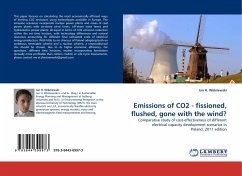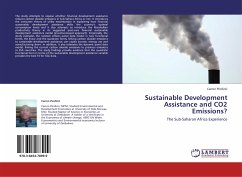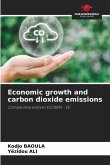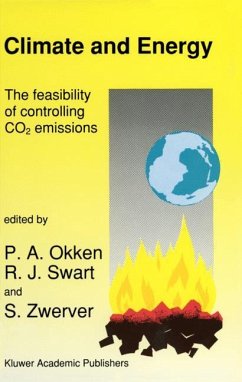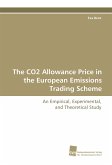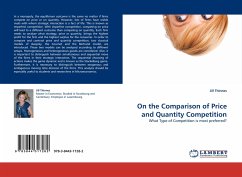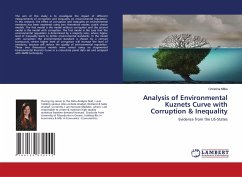This paper focuses on calculating the most economically efficient ways of limiting CO2 emissions using technologies available in Europe. The emission scenarios incorporate nuclear power plants and mixes of coal power plants with on-shore wind farms, off-shore wind farms and hydroelectric power plants, all equal in terms of CO2 emission reduction within the set time horizon, with technology differences and natural resources accounting for different final calculated costs of electrical energy production. With little to no chances of Poland adapting both an ambitious renewable scheme and a nuclear scheme, a renewable/coal mix should be chosen, due to its higher economic efficiency. For questions, different time horizons, studies incorporating forestation (actually more profitable than carbon credits) or Life Cycle Assessments, please contact me at jhwisniewski@gmail.com
Bitte wählen Sie Ihr Anliegen aus.
Rechnungen
Retourenschein anfordern
Bestellstatus
Storno

